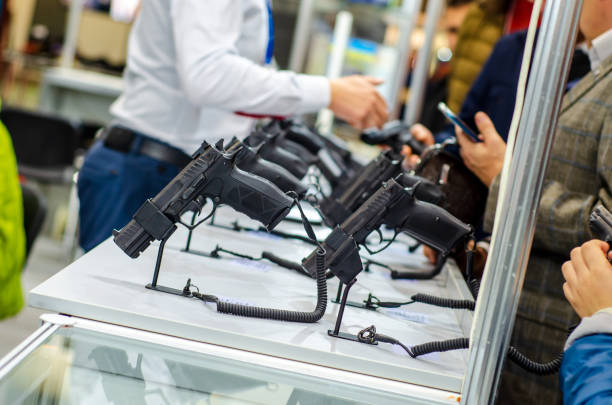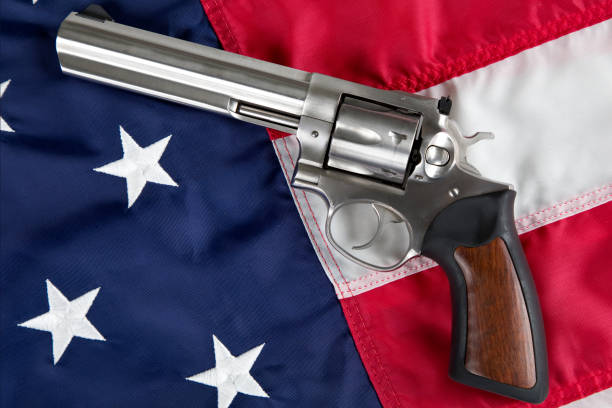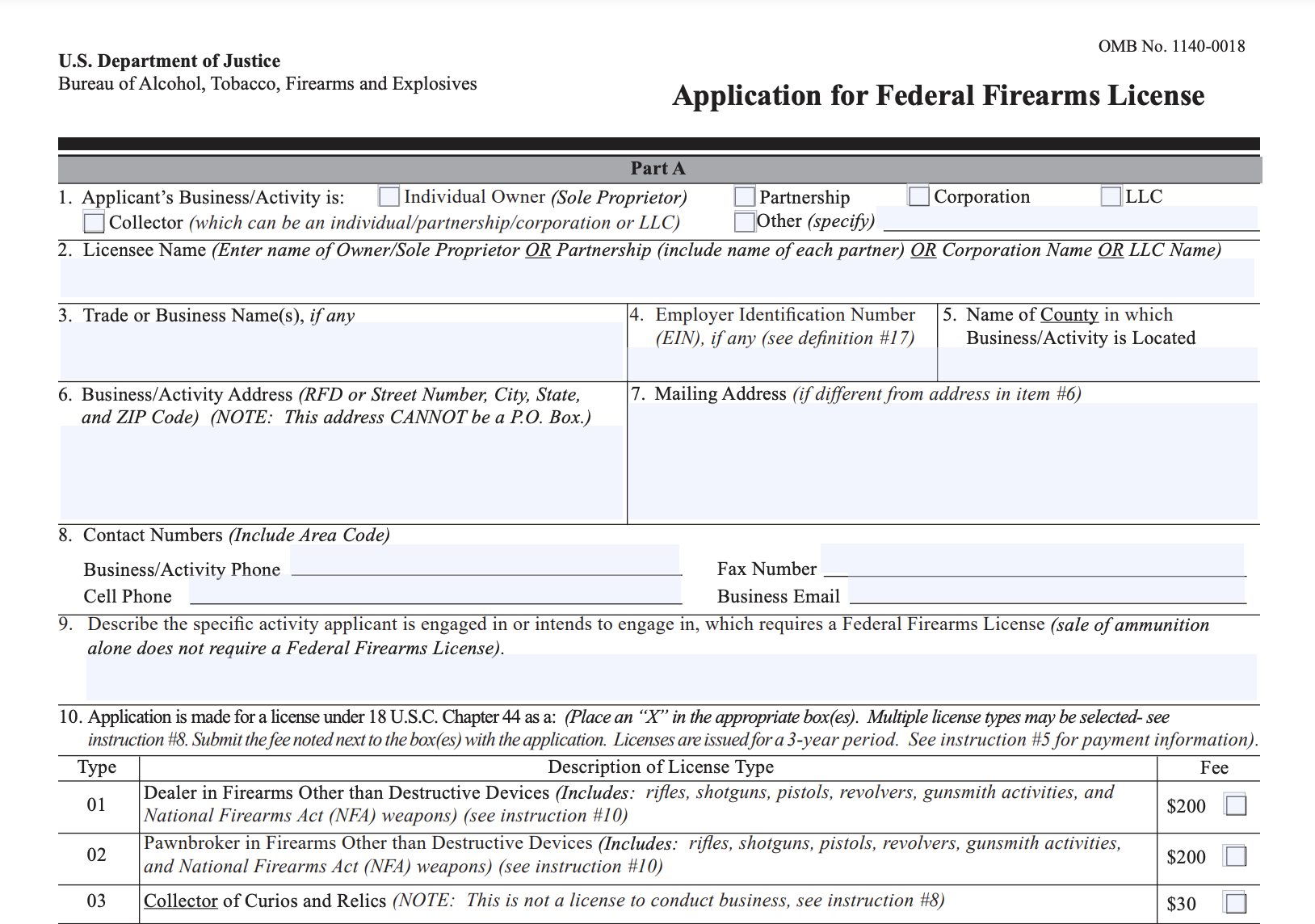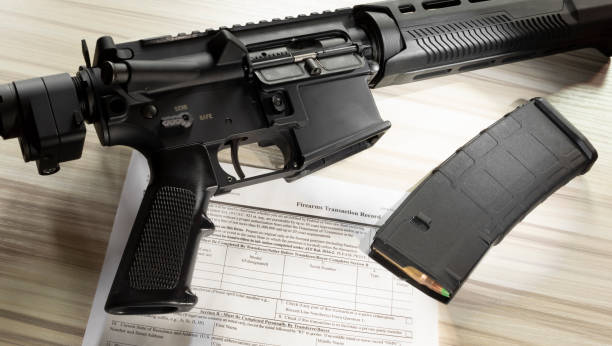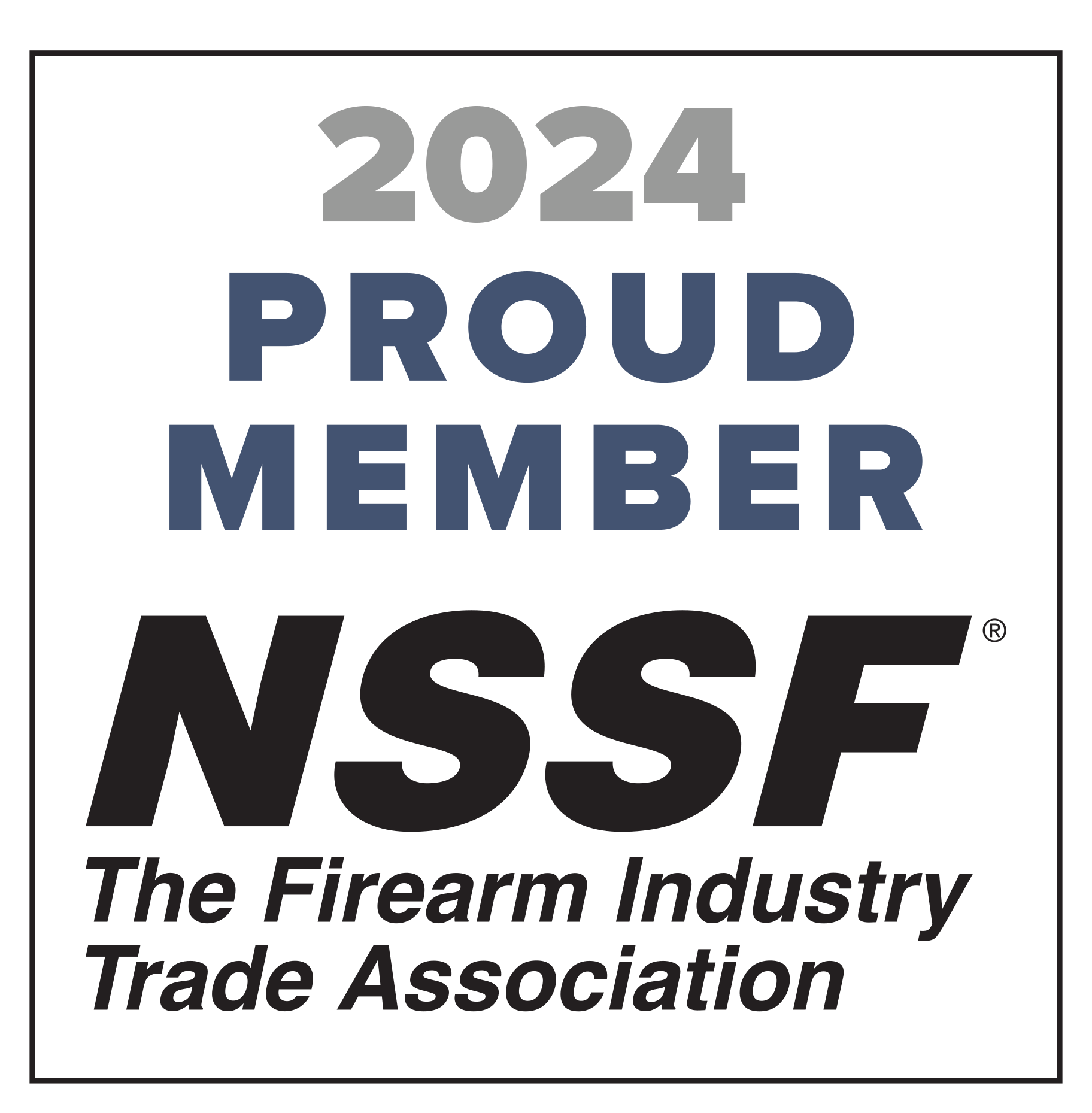Failing to comply with ATF regulations can put your FFL in jeopardy. Here are the most common compliance mistakes and how to avoid them.
When you’re running a business, you have enough to worry about. You have overhead, employees and inventory to manage, and, most importantly, customers to serve.
But dealing with ATF regulations creates an additional set of complex problems for FFLs.
Staying compliant with those regulations can mean staying in business. Some violations can even land you in jail (although those infractions don’t usually stem from carelessness).
The range of possible compliance mistakes is broad. On one end of the spectrum, you could neglect a field on a form. On the other, you may sell a gun to a disqualified person. In between are countless potential mistakes.
Often, ensuring compliance is at odds with running your business. When you’re worrying about paying rent, directing your employees, and providing quality service, preparing endless paperwork seems tediously unimportant.
Unfortunately, regulators don’t catch mistakes as they happen. According to the ATF, there were 139,000 FFLs in 2015, but only 8,696 of them were inspected (about half a percent). In fact, the Gun Control Act of 1968 prevents the ATF from inspecting the same dealer more than once a year.
Some firearms dealers mistakenly assume their practices are compliant because they’ve never been audited. That couldn’t be farther from the truth.
Even though the odds of an inspection are low, the delay between them means a simple mistake you’ve been making for years could compound into large penalties.
6 Common Compliance Mistakes FFLs Make

Here are some of the mistakes you’re likely to make. This isn’t an exhaustive list, but these are the most common.
1. Failing to collect complete information of the purchaser or firearm.
This is the most common mistake dealers make. It’s busy, you’re tired, and you figure you’ll check your receipts later and fill in the missing data. But you never do.
2. Failing to report missing or stolen firearms to the ATF.
This is a serious violation for the seller because it obstructs the ATF’s ability to track and locate firearms. It’s important that you report missing firearms immediately, even if it means halting your normal business for a few minutes while you prepare the forms.
3. Failing to follow NICS procedures.
Examples of this include transferring a firearm to a disqualified person or transferring a firearm before the delay has elapsed.
4. Selling a firearm to a person who is secretly purchasing it for a disqualified person.
The ATF’s “Don’t Lie for the Other Guy” campaign teaches you how to spot this.
5. Failing to log sales properly.
Incompletely preparing form 4473 is also an extremely common mistakes dealers make. If you don’t properly complete all the necessary paperwork, you’re leaving yourself open to ATF warnings, citations, renewal problems, suspensions, license revocation, and possibly criminal prosecution.
6. Failing to maintain an organized bound book.
The ATF requires an orderly arrangement of your sales transactions (that bound book you use every day). Having the data isn’t enough. It has to be arranged in manner that lends to easy investigating.
Avoiding Compliance Mistakes
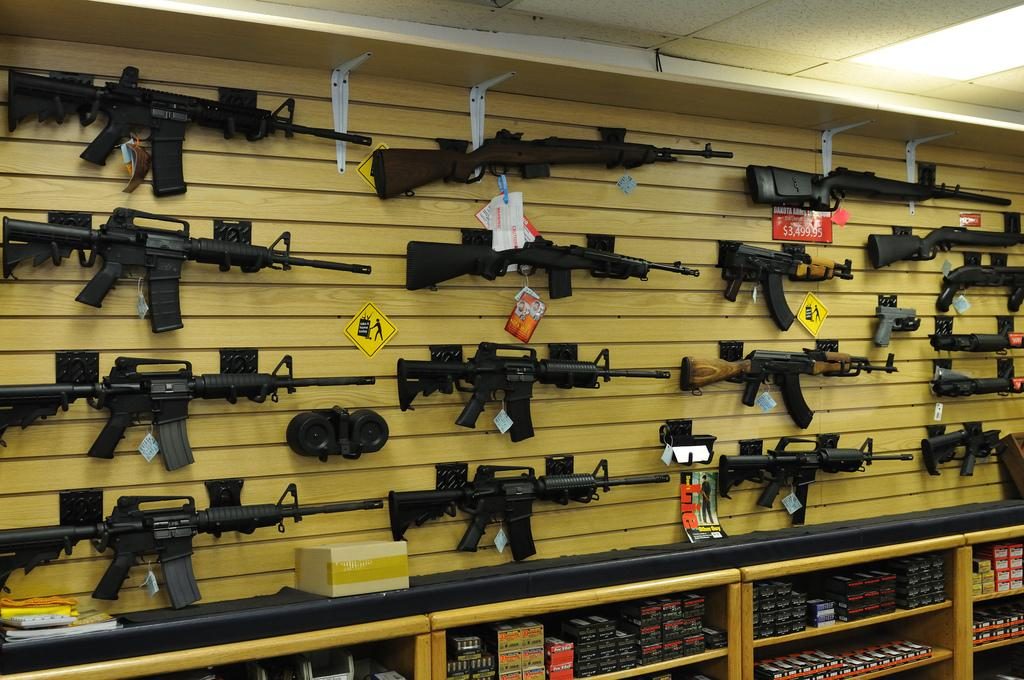
Like most industries, it’s always easier to stay out of trouble than dig yourself out of trouble. Here are the most effective ways to make sure your business stays compliant (so you keep your FFL).
1. Make your employees part of your compliance process.
In many cases, forms are improperly prepared because of lazy, careless, or busy employees. Failing to check a single box can make a form incompliant. The AFT won’t accept “we were busy that day” as an excuse for invalid forms.
The AFT won’t accept “we were busy that day” as an excuse for invalid forms.
Every employee who works beneath you should take compliance seriously. Make it clear to them how important it is to adhere to ATF regulations, for the sake of the business, their jobs, and your livelihood.
Make sure your employees are properly trained and know how to complete the appropriate paperwork. When regulations change (as they inevitably do), train them on the changes at a time when they can focus on your instructions.
Encourage them to take their time and finish each step before helping the next customer. Most customers understand the obligations that come with selling firearms and won’t be upset about a short wait.
You should periodically review the regulations and your procedures with your employees, even when nothing has changed. Spot check their paperwork from time to time to find errors and keep your staff following the rules.
2. Build a relationship with your ATF agent.
Your local ATF agent is a human who (just like the rest of us) can become an ally or an obstacle. They can overlook minor mistakes, help fix your process, and give insight into the ATF and the industry. Or they can hold you accountable for every missed form or field. You should take great care to make this person your friend.
The most common mistake FFLs make that frustrates their agents is an inconsistent filing process of their forms, especially form 4473. If your agent feels like you are disorganized with your paperwork, they’ll assume that carelessness extends into your sales and information-gathering process.
Organize your forms in a consistent, meaningful way to make inspections easy. The type of process you use doesn’t matter as long as it’s easy to understand and you stick with it. Our compliance software for gun stores ensures organization.
3. Don’t believe everything you hear.
Since there are more than a hundred thousand FFLs in the United States, there’s quite a community. Like all communities, there’s lots of intermingling and sharing of ideas and news. In all that noise, it’s easy for bad information to grow and even become mainstream.
I don’t suggest that other firearms dealers are dishonest, but there’s too much to lose by trusting another seller’s word. He may be your buddy or mentor, but if he tells you to “just ignore that field, they don’t care about it,” or “you can do that form monthly, not at the point-of-sale,” he may be mistaken.
If you’re unsure how to operate or if something doesn’t feel right, the safest course is to investigate the ATF’s resource center, speak with your local ATF agent, or call their main number.
4. Don’t rely on traditional bound record books.
Typical bound books had their place at one time, but they aren’t the best way to maintain information anymore. They come with some pretty undesirable disadvantages.
- They can be misplaced, stolen, or damaged.
- Handwriting the information is tedious, takes time, and may be illegible.
- They can become noncompliant if regulations change.
- You can’t tell who entered which pieces of information.
A cloud-based A&D software solution is the best way to maintain accurate records and prevent mistakes. The software asks all the right questions and prompts you to enter the correct information, without skipping fields or forms.
The software will also prevent you from filling out incomplete information. For example, if you fail to enter the entire serial number of a firearm in your physical bound book, you would never know at a glance. Software, however, would warn you that you’re missing a digit.
Furthermore, bound book software helps you avoid compliance mistakes by updating when the regulations change. If the ATF decides to ask for an additional piece of information, that question or field will become available in the software’s workflow. This means you don’t have to stay up-to-date on the ATF’s rules and you don’t have to rely on the potentially incorrect information of your industry peers.
Keep in mind that not all A&D software is created equal. There are many bound book software options available, but few of them remain compliant over time. (They may even be non-compliant the day you download them.) If you’ve ever downloaded an Excel template, know that these are even less reliable. Ensuring regular updates was one of our must-haves when we built FastBound.
Going Forward
If you take one thing away from this article, know that taking the ATF’s regulations seriously is the best way to avoid compliance mistakes. If you respect the process, you’ll avoid the penalties.
How do you stay compliant? Let us know in the comments or tweet at us.






